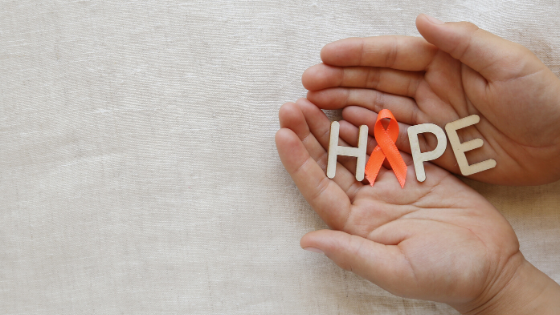Self Injury

Self-injury refers to the deliberate, direct destruction of body tissue that results in tissue damage, such as cutting, burning, scratching, or hitting oneself. The person’s intention is not to kill oneself. So why is it then that people self-injure? One theory is that self-injury serves as a form of coping and as a preferable alternative to suicide. Self-injury may be used for emotion regulation when used as a distraction from emotional pain by causing physical pain, to feel alive or real, to relieve tension, to feel numb or at peace, or to feel euphoric feelings. Another theory is that self-injury serves as a form of communication of pain, anger and other emotions, or need for help.
Treatment for those who self-injure includes addressing the function of the behavior and learning alternative coping skills. One treatment that specifically focuses on stopping self-injury and that research has shown to be effective is Dialectical Behavior Therapy. Until alternative healthy coping strategies have been learned and underlying issues addressed, substitution behaviors can be used when having the urge to harm oneself. They are done by matching an activity to the feeling the person is having when wanting to self-injure. For example, doing something physical, when angry, or doing something that creates a strong physical sensation, when wanting to feel something.
Warning signs for family and friends include social withdrawal, injuries, scars, secrecy, excuses for wounds, defensiveness, wearing long sleeves or pants in warm weather, and finding objects used for self-injury in odd places. As for what to do and what not to do if suspecting self-injury. Don’t ignore it, blame yourself, get angry, demand answers, or demand that they stop. Do pay attention, express concern, listen, encourage the expression of emotions, and let your loved-one know that you are there for them and want to help them find the help they need.
